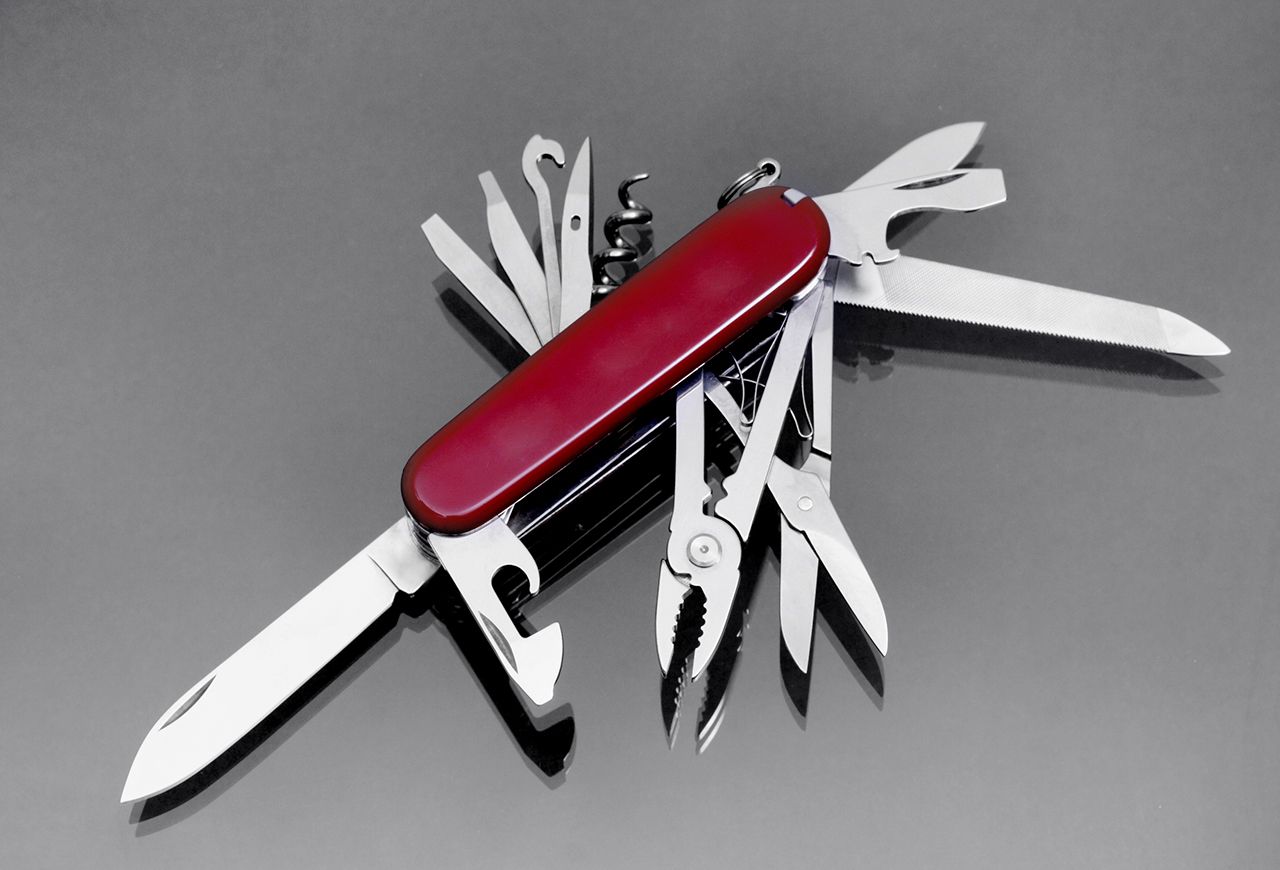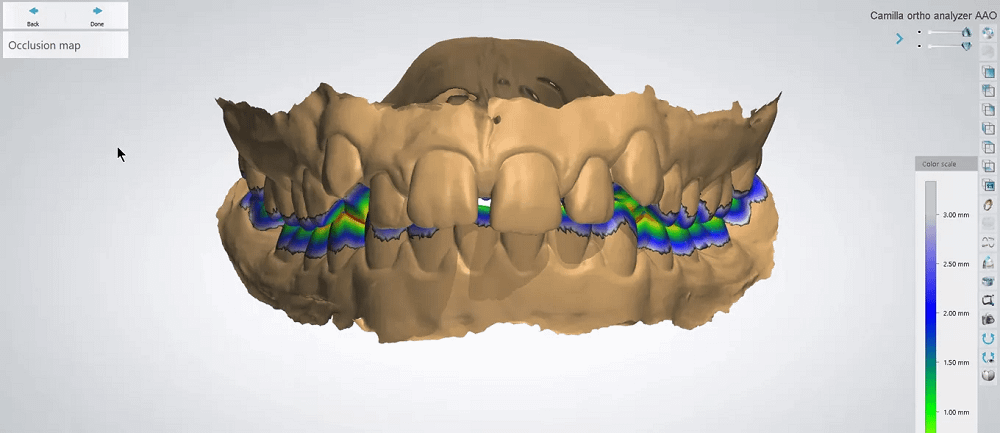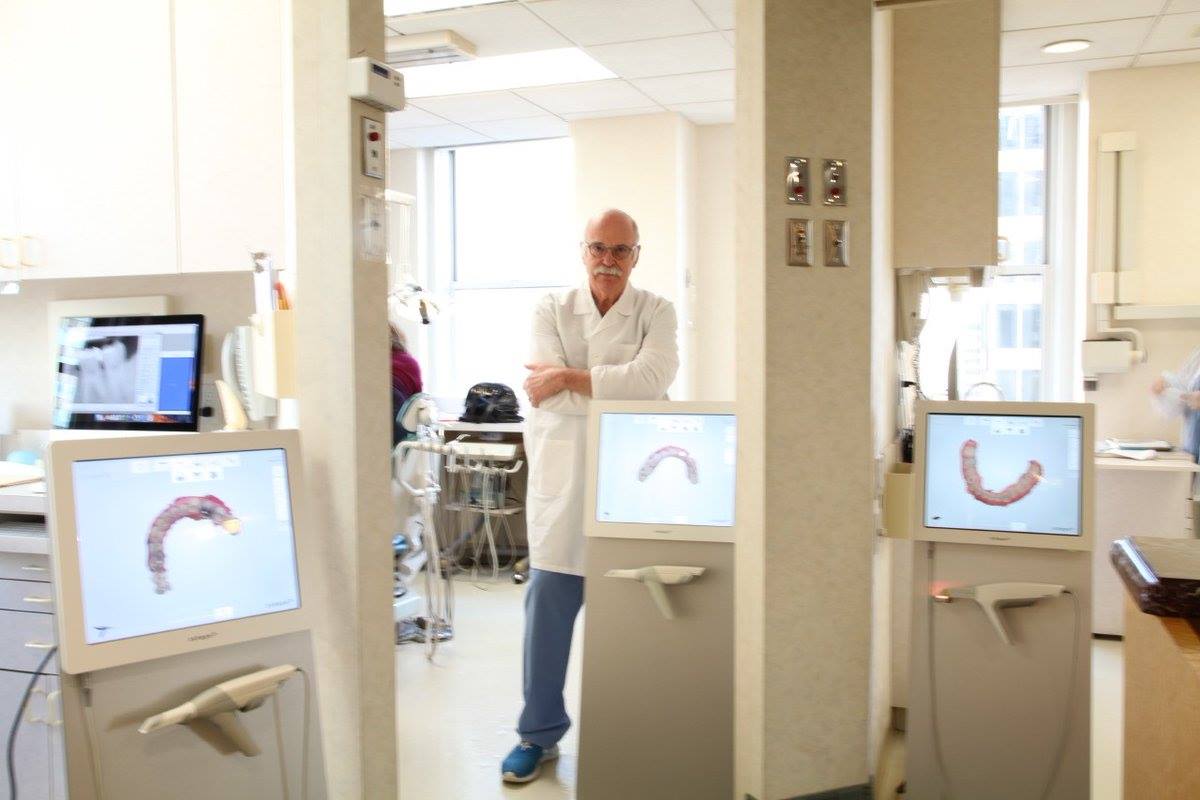This intraoral scanner, the 3Shape TRIOS, is not just an intraoral scanner. Let me explain.

In the beginning, we only thought of digital dentistry as being CAD/CAM. And CAD/CAM applications usually involved some sort of reconstruction of the dentition. This could be either existing teeth that were malformed, un-esthetic, or missing teeth that needed to be replaced with a fixed or removable restoration.
For the last 10 years, this is how doctors and the industry thought about CAD/CAM. But what 3Shape and I have come to realize is that there is so much more potential with scanning technology as a communications tool, a demonstration tool… applications that have nothing to do with manufacturing.
Here is what I advise dentists to use digital impressions for
I was doing some continuing education at the University of Alberta in Edmonton and the chairman of the department and I talked about this. He said to me, “boy, do I wish I had a scan of my son-in-law who is a professional hockey player.”
He had a very nasty injury that required extensive oral surgery. He had a broken maxilla and they had to re-position it and wire him closed.
He added, “if I could have had an occlusal record of him, it would have been so incredibly valuable as the oral surgeon was trying to wire him into occlusion with mobile segments.” It hit home.
The intraoral scan, you guessed it right, becomes part of your patient's record
I don’t think we can even imagine the potential of having scan data as a baseline on every patient. Anytime that I can tell a patient that they have some type of condition that I need to either monitor, or they have no condition, and I just want to create a baseline, just in case one develops at a later point, let’s have a scan in your file. If you damage a tooth, we can compare it to your baseline.

For example, your patient is in a bicycle accident and calls you on a Sunday. “I fell off my bike and fractured my two front teeth.”
Do you want to try and recreate the anatomy of a patient’s two front-teeth? Instead, we just open a scan that we recorded five years earlier and have the exact form and color of his teeth before the accident. In the past, we would ask for a picture, something like their high-school graduation photo. It’s worthless.
Plus, with an intraoral scan there’s no radiation, there’s no exposure, it’s just high-speed video. There’s no downside and there are no costs.
Outside the cost aspect, there are many more benefits of working with digital dental impressions
There are tremendous opportunities. I believe so strongly in it that I think scanning technology should be used for documentation and charting. For example, when communicating with the specialist, “have a look at this patient that’s in my chair, what do you think I should do?” I think we could use it to communicate a patient’s existing condition in real-time.
Something as simple as caries, or a crack, or a crown and all the way up to sophisticated esthetics.
